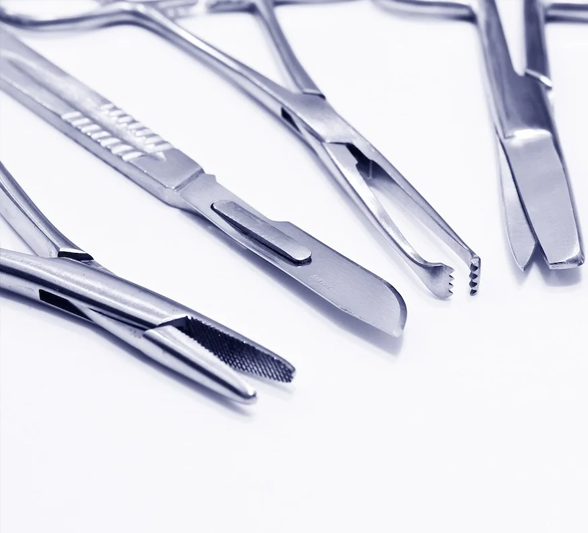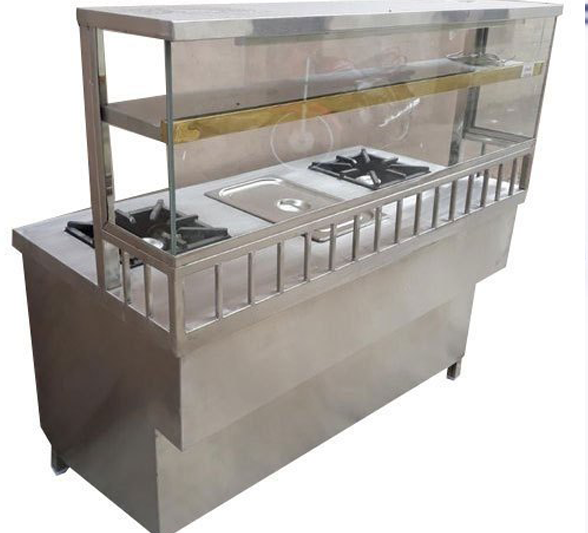Sectors
Aerospace
Anodising in the Aerospace industry is a pivotal surface treatment process. Aluminium components, essential for aircraft structures and systems, undergo this technique. It forms a protective oxide layer on the aluminium's surface, bolstering resistance to corrosion, wear, and environmental factors. This enhanced durability ensures the structural integrity of critical aerospace components, contributing to safety and longevity. Furthermore, anodising's lightweight finish aligns with the industry's constant pursuit of weight reduction, improving fuel efficiency and overall performance.


Sectors
Medical
Anodising is vital in the medical industry, ensuring the durability and corrosion resistance of crucial medical equipment and devices. Subjecting metals to controlled oxidation forms a protective layer, enhancing their longevity and biocompatibility. This technique is indispensable for surgical instruments, implant components, and diagnostic tools, ensuring they meet stringent quality and safety standards while maintaining precision and functionality. Anodising plays an integral role in safeguarding patient health and the reliability of medical procedures, making it an indispensable procedure in the medical sector.
Sectors
Motorsport
Anodising holds a pivotal role within the demanding world of Motorsport. This process enhances the durability and performance of critical components like engine parts, chassis, and suspension elements. By forming a protective oxide layer on metal surfaces, anodising not only provides corrosion resistance but also reduces friction and wear, contributing to enhanced speed and precision on the race track. In the Motorsport industry, anodising is a trusted technique to maintain peak performance, ensuring vehicles remain at the forefront of competition, where every fraction of a second counts.


Sectors
Commercial
Anodising plays a crucial role in the commercial sector, particularly in enhancing the longevity and appearance of architectural and construction materials. By creating a durable, corrosion-resistant surface layer on metals, anodising ensures that commercial structures and fixtures maintain their aesthetic appeal while withstanding the test of time in various environmental conditions. This process is vital for everything from aluminium storefronts and cladding to interior décor elements. In the commercial industry, anodising is a proven method to combine aesthetics with durability, contributing to the longevity and quality of architectural projects.
Sectors
General
Anodising is a versatile industrial process that enhances metals' durability and corrosion resistance, most commonly aluminium and its alloys. By creating a controlled oxide layer on the surface, anodising significantly improves the material's resistance to environmental factors and wear and tear. This technique finds widespread application across industries, including aerospace, automotive and more, where the longevity and reliability of metal components are paramount. Anodising protects materials and allows for an array of attractive finishes, making it an essential process for enhancing both functionality and aesthetics.

